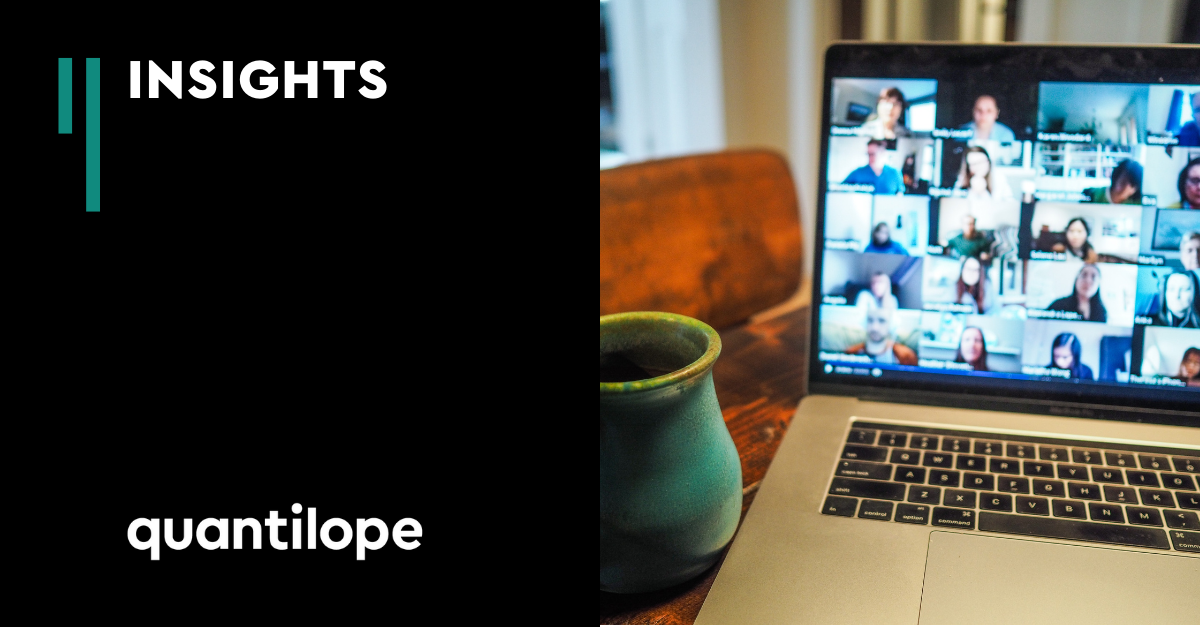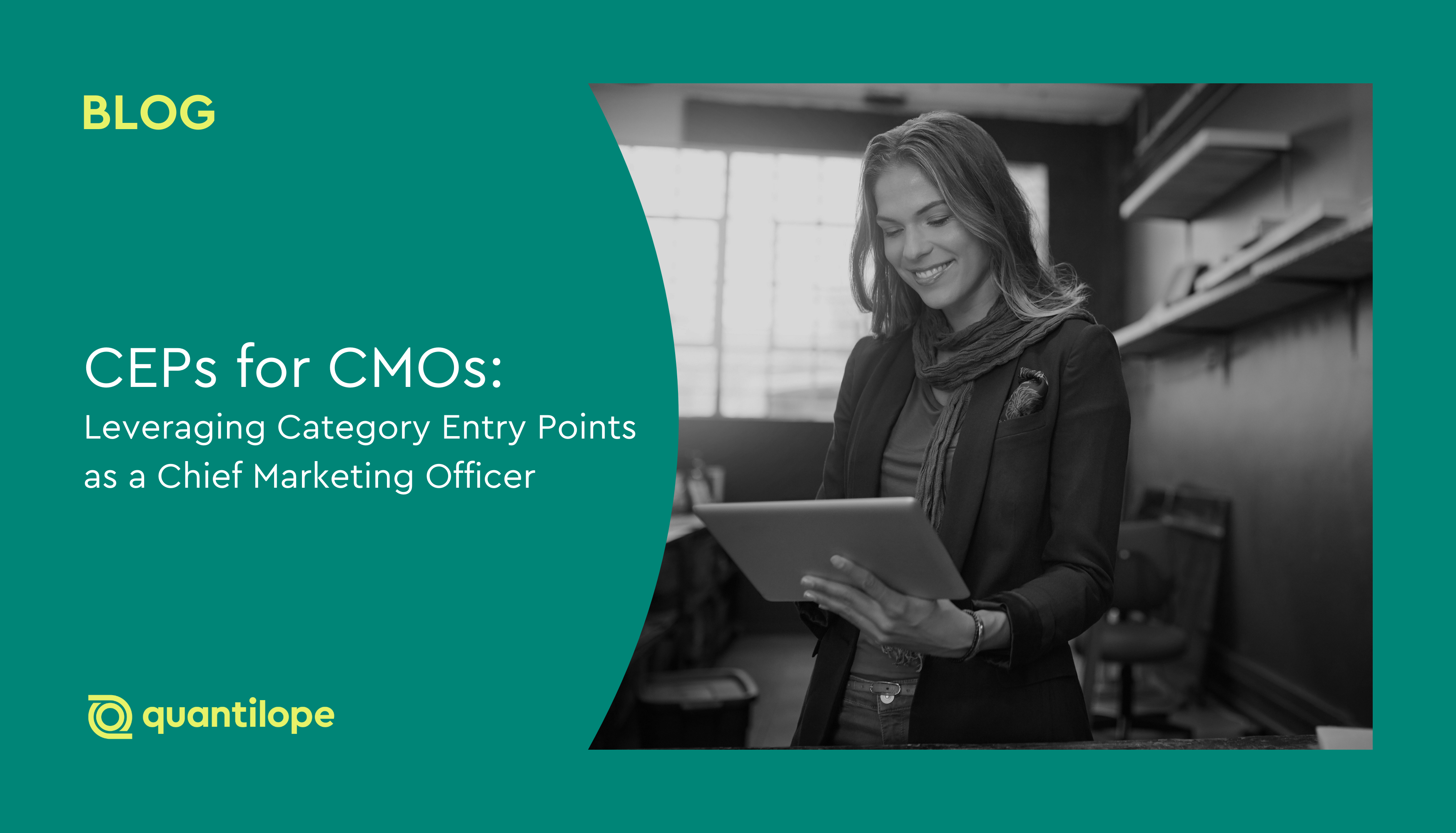Over the past few weeks, all across the globe, co-workers and clients have been getting fascinating glimpses into each others’ homes. Seeing people’s surroundings might give us unexpected insights into what they’re like as a person.
Would you invite your clients into your living room, your colleagues into your kitchen, your boss into your bedroom? Ok, maybe don’t answer that last one. Though chances are that he or she has seen a lot more of your living environment recently than they usually do.
Over the past few weeks, all across the globe, co-workers and clients have been getting fascinating glimpses into each others’ homes. Used to seeing each other removed from the one place that can reveal so much about individuals’ values and personalities, lockdown is providing the context that fleshes out our understanding of other people. Who’d have thought Kevin in Marketing would have such an extensive collection of porcelain figurines on his mantelpiece? Or that Janet from HR would paint her living room red? And look at Pete from Finance’s wine rack…
Seeing people’s surroundings might give us unexpected insights into what they’re like as a person, as well as provide talking points that bring us closer together. There is something quite intimate about seeing people in their home setting, and perhaps it might make us feel we know our colleagues better once we are able to see them in the workplace again. But seeing people on video also enables us to better understand what they are communicating; we could have all decided to have conference calls without video, or just phoned each other - but if we did that, we’d miss a lot.
Tone of voice tells us a lot about how others are feeling – are they bored or excited by their work, are they having difficulties they need help with, do they sound like they will do what they say they will? But visible nuances add a whole new dimension, making our evaluation of people’s conversation far more reliable. As Professor Sophie Scott, Director of the Institute of Cognitive Neuroscience at University College London says, ‘human voices are very rich and complex…there is a huge amount of information in our voice. The same is true of our faces. Human faces are very different to those of other animals, they are extremely expressive.’ She adds that our eyes are central to how we interact with others, as ‘the whites of the eyes are always visible – and that helps you know precisely where someone is looking – important in face-to-face interactions because we use our eyes to establish a link to the person we are talking to.’
The concept of micro expressions is useful here – those expressions such as surprise, fear, anger and happiness that our subconscious is programmed to read accurately. If there is a group of people on a video call, facial expressions will reveal how people are reacting to others, which person is desperate to get a word in, and who is dealing with their emails while trying to look like they are giving the call their full attention.Paired with other facial cues, if you see someone on a Zoom call looking away a lot, you will be able to make a fairly reasonable assessment about whether they are bored by the conversation, just taking a moment to think, or furiously trying to communicate to a toddler that they must get out of their study immediately.
Beyond giving us a more rounded perception of people’s thoughts and intentions, according to Professor Scott video calling also makes us happier. She says that video calling has been proven to have the same positive effect on your brain and happiness levels as in-the-flesh meetings. This is not the case, she says, with phone calls. ‘As soon as it goes down to just voice, people aren’t unhappy but they talk for slightly less time, they laugh less, they are slightly less happy afterwards.’ This in itself is an argument for scheduling those Zoom meetings rather than emailing or just talking on the phone: if participants are happier, they will surely feel more inclined to throw themselves into projects and be more productive as a result.
At quantilope, we see the same effect with online video surveys: respondents are more engaged if they are taking part in research via video, and seeing them face-to-face puts researchers in a better position to correctly evaluate their opinions and feelings.




